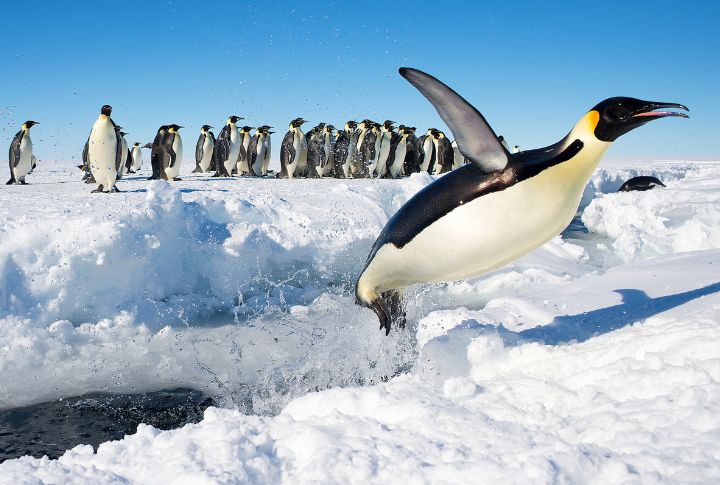
Arctic ice is a harsh realm, unforgiving to those who lack the strength to survive. Yet, some thrive where most would falter. Stealthy snow owls, determined wolverines, and even ice worms defying freezing temperatures bring unique adaptations. These remarkable beings don’t just endure—they master their frozen worlds with astonishing skills. Let’s take a closer look at ten icy champions who conquer nature’s toughest challenges.
Polar Bear: Powerhouses on Sea Ice
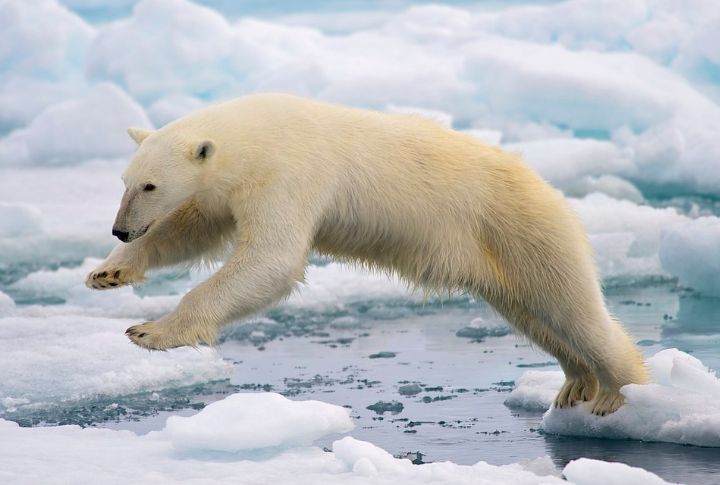
A single polar bear relies on roughly 43 seals annually to keep up with its immense energy demands. Using sea ice as their hunting stage, they stalk seals through breathing holes. Did you know their fur isn’t actually white but transparent? It traps the sunlight to ensure these predators stay warm and effective in their hunt.
Narwhals: Masters of Deep Diving
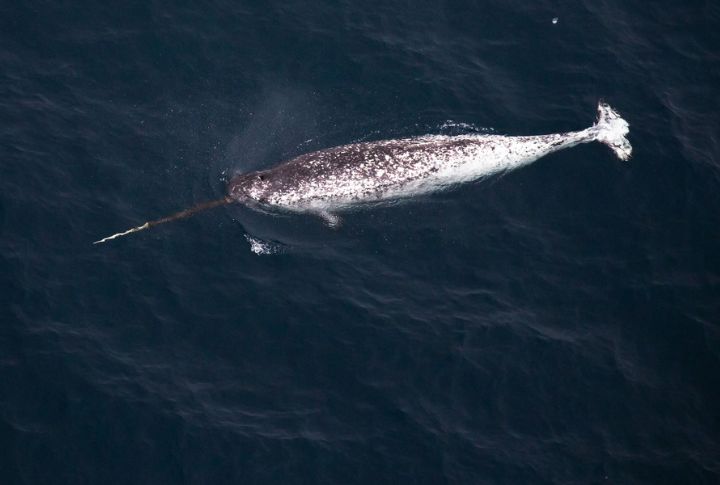
Narwhals are remarkable creatures, diving to depths of over 5,000 feet while holding their breath for an astonishing 25 minutes! Their tusk, a spiralized canine tooth, has 10 million nerve endings. By tracking ice formations, they move through the Arctic waters with unmatched precision, expertly avoiding the deadly traps of shifting ice.
Beluga Whales: Social Butterflies of the Arctic
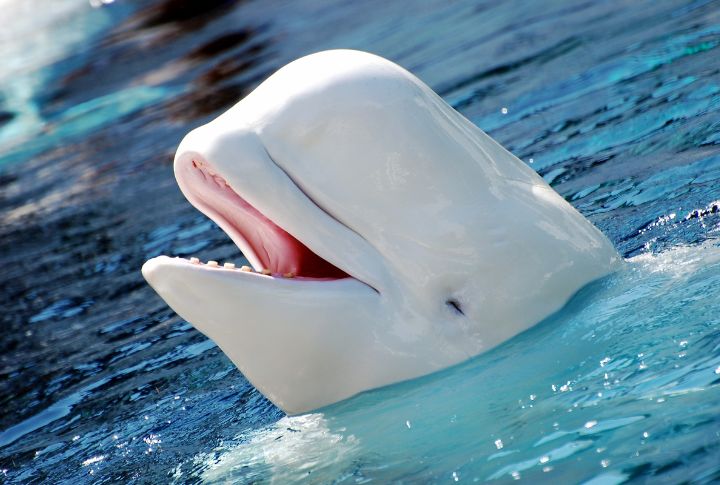
In pods of 100 or more, belugas lean on their close-knit social ties to endure the harsh conditions. Their unique ability to mimic sounds—including human speech—has earned them the nickname “sea canaries.” Flexible necks give them the ability to turn and nod, creating expressions that add to their playful reputation.
Wolverine: Relentless Arctic Scavengers

Wolverines can drag carcasses up to 10 times their weight across frozen terrain. Frozen bones are no match for their jaws, which makes them a delicious addition to their meals. Sporting thick fur and an unyielding drive, these creatures have earned their reputation as nature’s most determined survivalists.
Arctic Fox: Explorers of the Frozen Plains
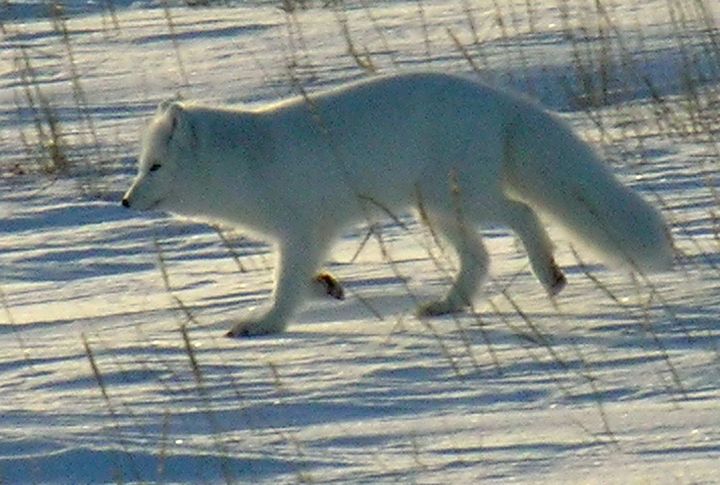
Weighing no more than 10 pounds, Arctic foxes cover territories up to 60 miles wide in search of food. Like snowshoes, their fur-clad paw pads reduce heat loss and offer superior traction on snowy ground. When food is scarce, they store caches for more challenging times—a brilliant survival tactic to overcome shortages.
Ice Worm: The Hidden Life Beneath Glaciers
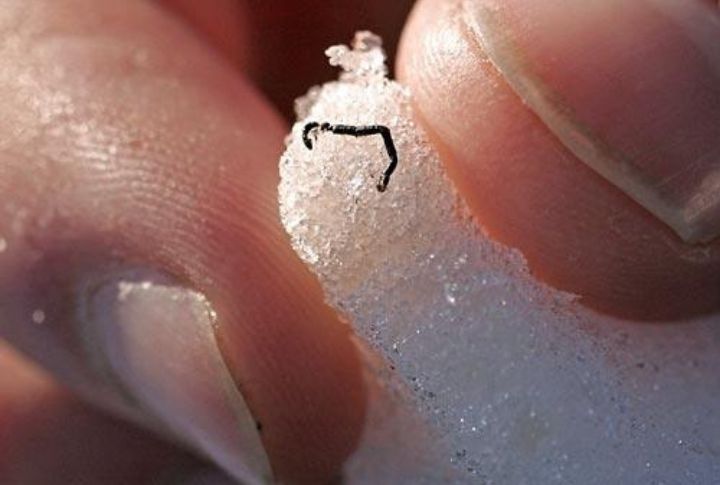
Ice worms, rarely seen by the human eye, make their home in glacial crevices by feeding on the microscopic algae. They are the only worms known to flourish in the harshest cold conditions. To protect them, unique proteins within their DNA act as a built-in defense—a phenomenon scientists are studying for breakthroughs in medical cryogenics and preservation.
Lemmings: Arctic’s Tiny Architects
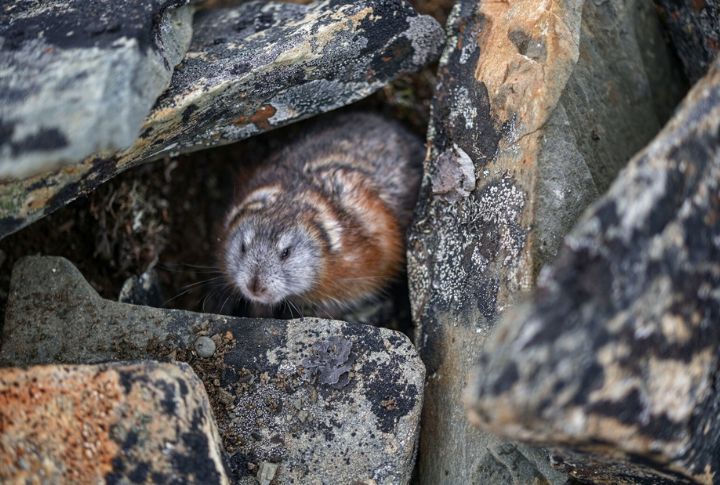
Lemmings are experts at snow tunnel engineering, creating insulated homes to escape predators and cold snaps. Unlike the myth of mass suicides, their population booms and busts follow natural cycles. Feeding on predators like foxes and snowy owls, they have become an indispensable part of the tundra that ensures the ecosystem’s health.
Snowy Owls: Nomads of the Arctic Sky
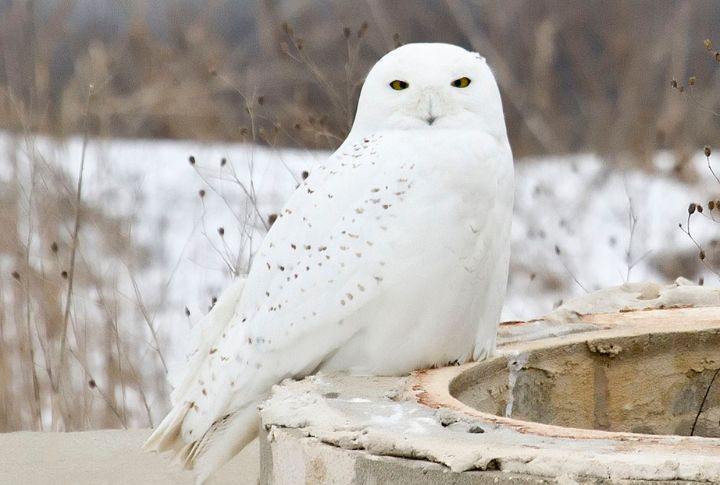
While many birds stay close to home, snowy owls travel vast distances south in search of milder winter conditions. Thanks to their sharp talons, they snare lemmings with unmatched accuracy. Each feather is so densely packed it reduces noise during flight and gives them a stealth advantage as they silently hunt under the cover of night.
Musk Ox: The Arctic’s Ancient Warriors
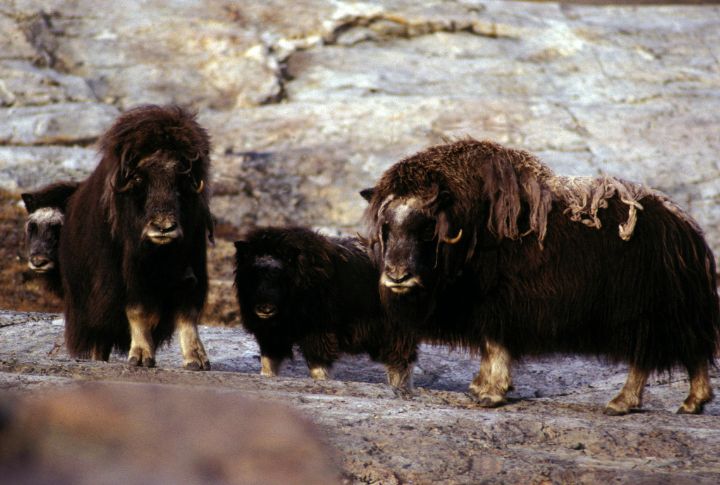
Through the Ice Age and beyond, musk oxen continue their journey across the tundra, unchanged by time. Their undercoat is so warm that it’s a coveted material for crafting cozy apparel. When wolves attack, musk oxen form defensive rings around their young, proving that teamwork ensures survival in the harshest landscapes.
Emperor Penguins: Champions of Antarctic Parenthood
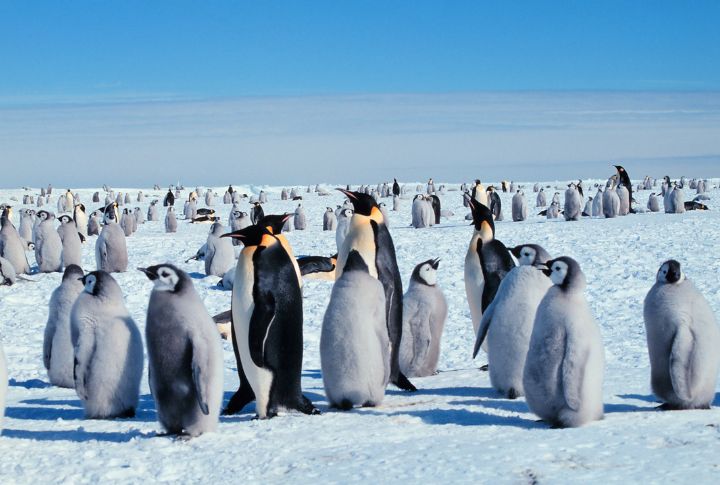
Emperor penguin fathers take on the incredible challenge of fasting for 60 days while keeping an egg safe on their feet. Their body heat and dedicated posture prevent the egg from freezing in temperatures below -40°F. Despite huddling in massive groups, each penguin takes its turn on the windy outer edge—a gesture of survival solidarity.
